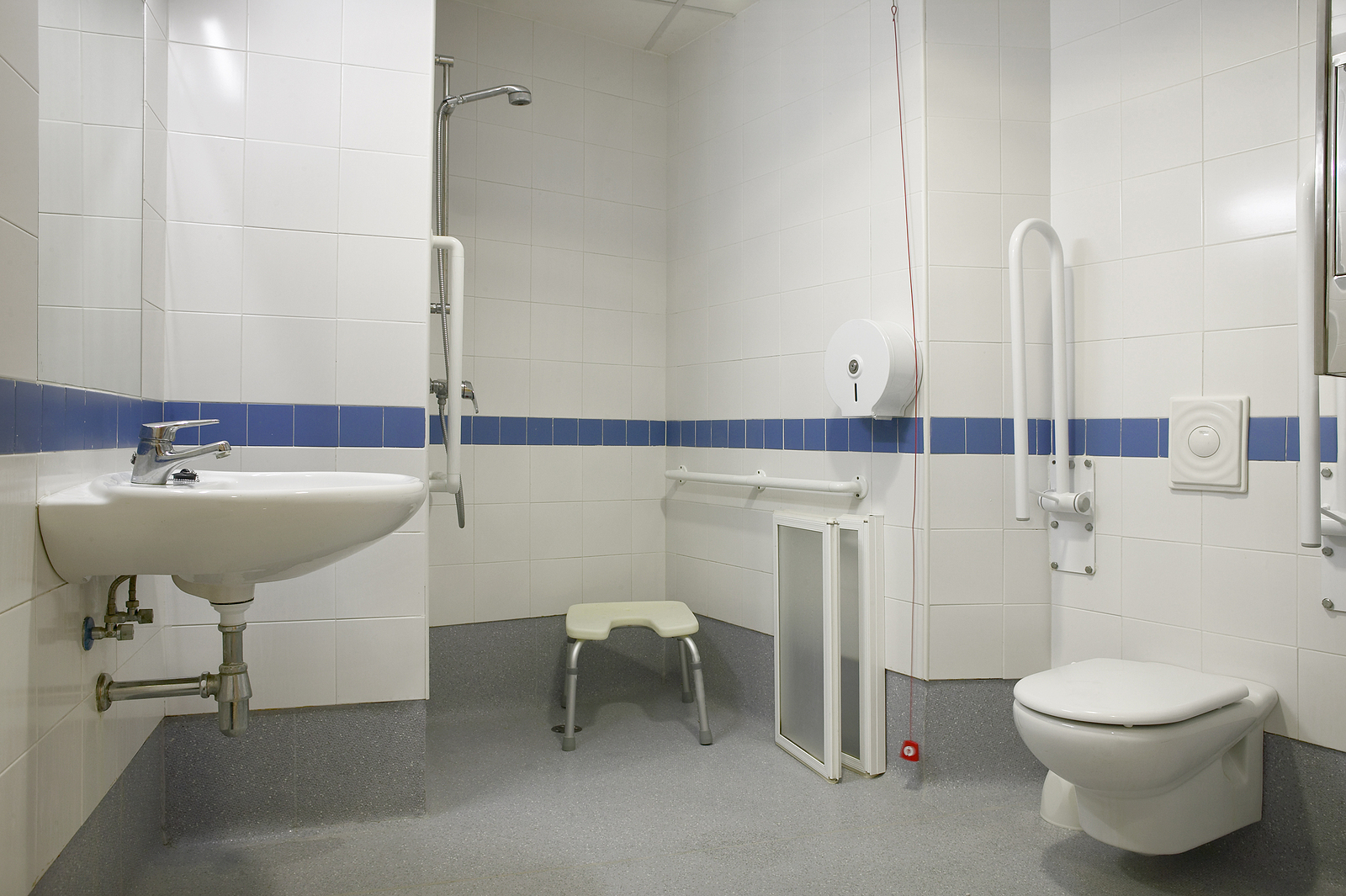
French Architects Designing For Dementia
A new experimental village on the outskirts of the French town of Dax in the south-west of France has been hitting the headlines of late, garnering praise for its comprehensive design that aims to improve the wellbeing of those suffering with Alzheimer’s.
The Village Landais Alzheimer has been modelled on the Hogeweyk dementia village in the Netherlands, the Guardian reports, which is a healthcare facility that has both the look and layout of a village.
Similarly, this latest project in Dax has been designed to resemble a traditional community, with people able to enjoy familiar architecture based on common features that can be found throughout the region.
For example, the facility includes a bastide, which is an arcaded square that houses a library and a restaurant. There are four clusters of homes to be found here, with shallow pitched roofs with clay tiles, which have been built around a green space that has trees and a pond in the middle.
In all, 108 residents call this village home, with 12 daycare patients and over 120 staff and 80 volunteers. Particular attention is paid to the needs of those with early onset dementia.
Mathilde Charon-Burnel, manager of social care projects for the region’s local authority, explained that features like circular walking routes and other such features are intended to deliver an “impression of liberty”, working to reduce the impacts of the disease.
For example, paving stones are in beige throughout to prevent strong contrasts from disturbing people, while mirrors can be concealed by shutters if necessary to avoid causing potential upset. Light and dark tones are also used to great effect, pointing people to where they should go and deflecting them away from restricted areas.
Projects such as this one are sure to become increasingly important as time goes on, with life expectancy increasing and more and more of us living to 100.
Housing design has an incredibly important role to play in supporting people to live independently in their own homes for as long as possible, as well as supporting them to lead fulfilling lives even when facing diseases like dementia.
Making both homes and neighbourhoods more age-friendly will help support the evolving needs of an ageing population.
In a recent white paper, the Social Care Institute For Excellence emphasised the importance of using population data and projections for accessible housing and planning, alongside integrated healthcare and more robust community engagement.
To help achieve age-friendly communities, home designs need to meet the needs of the entire population as it ages, with national mandatory requirements set in place for 90 per cent of new homes to be made accessible and adaptable, while ten per cent be designed to be wheelchair accessible.
Furthermore, local neighbourhood plans should feature design principles to create more age-friendly environments, while the government should invest in training to support the co-design of age-friendly environments so that the right homes can be delivered in the right places.

